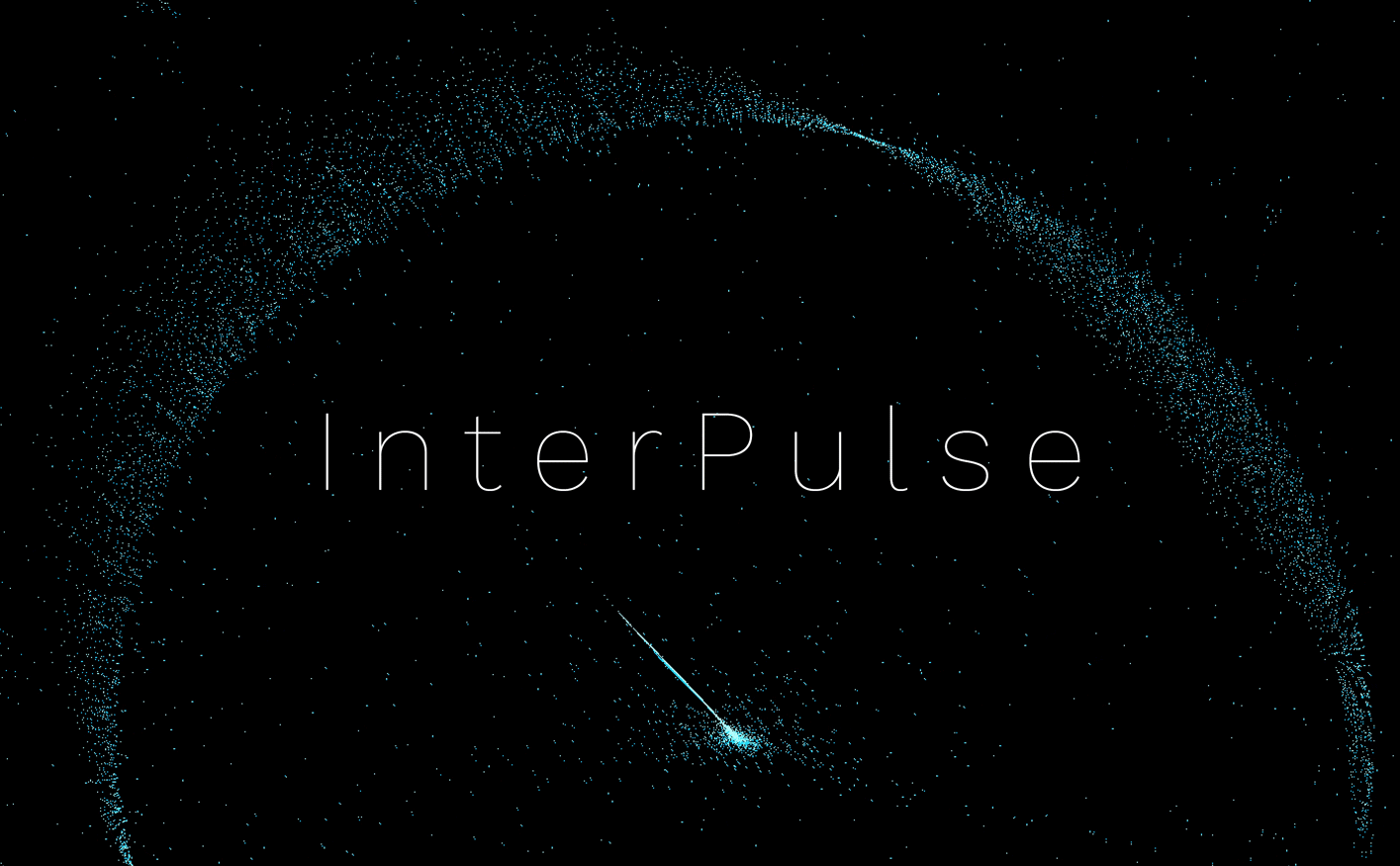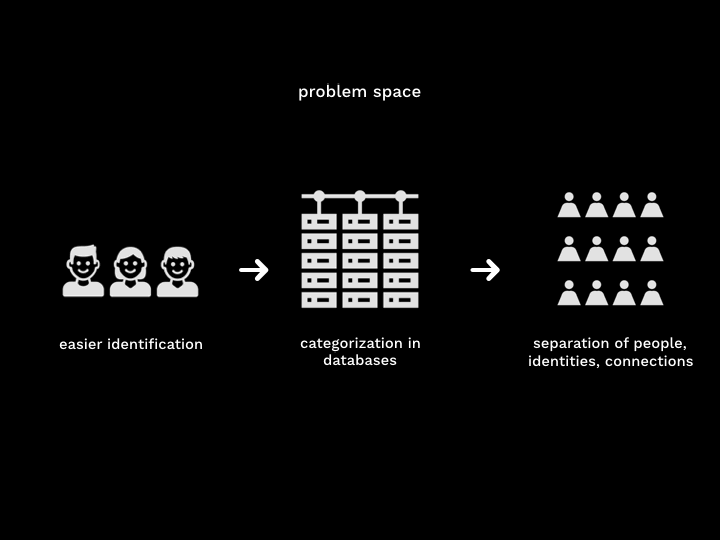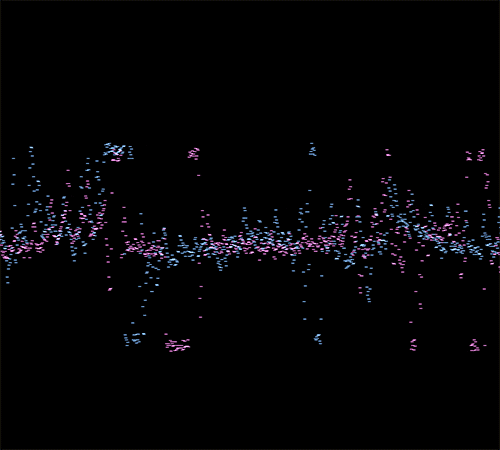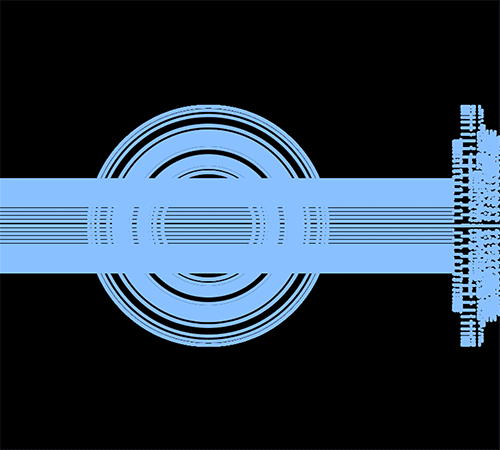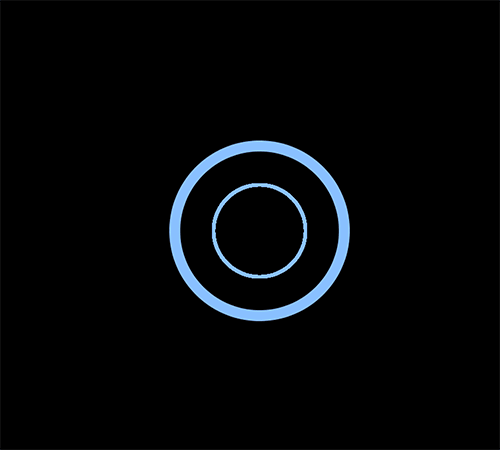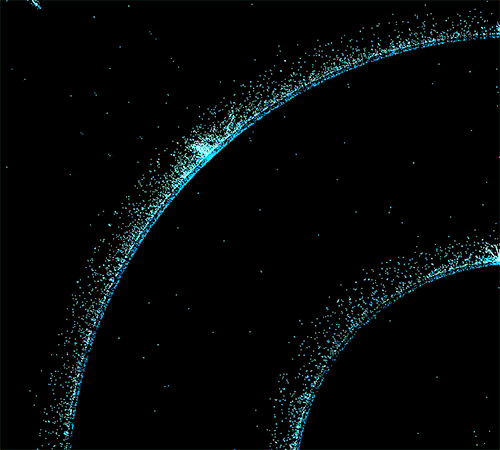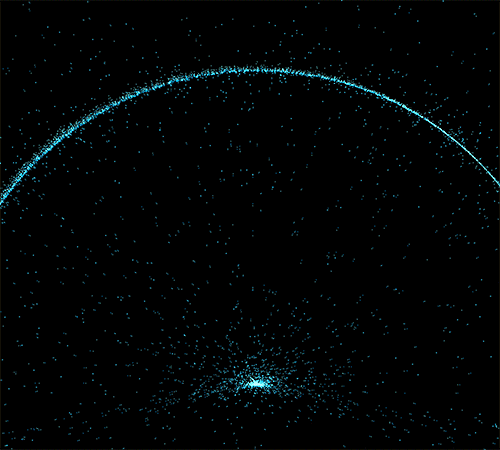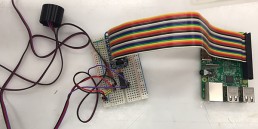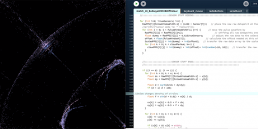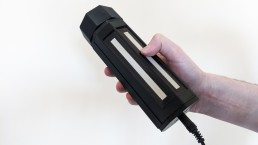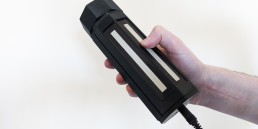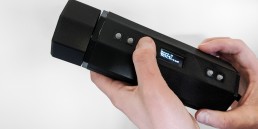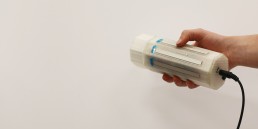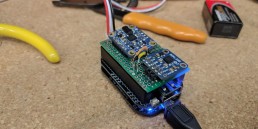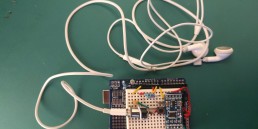Every: Celebrate Your Every Moment
Opportunity
Technologies like smartphones are always in our hands, stealing our attention away from whatever we were doing and continues to communicate time as a matter of optimization rather than a matter of a balance. Opposing this paradigm, Slow Design is a design philosophy that encourages people to do things at the right time and the right speed to reposition the focus on their individual and socio-cultural well-being.
Our grad project, Every, was designed based on the Slow Design principles to:
(1) separate from the immediacy and chaos of current technology
(2) encourage reflexive and diverse lifestyles
(3) celebrate slowness as a positive socio-cultural value.
Every Concept Video was produced and edited by Joohee Chung and Neung Gwon.
What is Every?
Every is a cross-national lifestyle brand that propels to help people retrieve the moments and values they missed through a series of three everyday design artifacts: Every Hue, Every Voice and Every Moment.
Every Hue is a lamp that stores the colour of the natural light in the user’s room from 24-hours ago and displays the distinctive colour pattern movements on its screen. Every Voice is a personal voice recorder that enables an interesting exploration of past-self by revisiting the user with a message recorded from the past, ranging from couple weeks to several years ago. Every Moment is a set of a camera and a screen that only develops the last picture taken over a 72 hour period when the camera is mounted on the platform. When a certain number of pictures are accumulated over time, Every Moment creates a distinctive pattern with the representative colour of each picture.
Approach
Every separates users from the immediacy of technology by creating a stark contrast with design artefacts that are only dedicated to one function. The Reason why Every is distinct from most of other contemporary design artefacts is because these three everyday objects are meant to transition and grow with the users while also presenting the new meanings derived from their everyday life. This was made possible through our consideration on Slow Design, which expresses narrative of time, progression, and change through design. The three artefacts of Every are never the same, yet are continuously growing by accumulating the user’s everyday in a form of audio, picture and a colour.
Reflection
Every was able to get a design validation from a Slow Design specialist, Dr. William Odom. His feedback allowed us to dive deeper into the physical interaction with each object to enrich the experience with the slow technology. With his guidance, we were able to experiment with the scale of time and incorporate data accumulation into each design artefact to encourage more meaning making.
Joohee is excited to take the project even further through a collaboration with Dr. William Odom and Masters / PhD candidates from the Everyday Design Studio at Simon Fraser University.
ABOUT JOOHEE CHUNG
Joohee Chung is a recent graduate of Emily Carr University, holding a Bachelor of Design and specialty in Interaction Design. Coming from both Korean and Canadian backgrounds, Joohee is interested in inclusive design that invites the users and designers to coalesce their vivid stories into one.
Her design practice is executed through the following four pillars: learn how to repeat, unravel the invisible, answer to the why’s and know how to play. As an interaction designer, she focuses on the field of Expressive Design to celebrate reflexiveness and slow life as positive socio cultural values. She is excited to explore design possibilities that encourage intimate exchange of personal values, a spark of new interpretations and creativity.
E-mail: jooheechung.design@gmail.com
ABOUT JIYEON LEE
As am alumnus at Emily Carr University Art and Design, Jiyeon Lee achieved a Bachelor’s degree in Interaction Design. Jiyeon is passionate about experience building as she thinks design as a system not just how it looks.
Her design inspirations start with qualitative research and analysis. From this research, she sees the details of what people need and synthesizes insights from their needs. She articulates both the emotional and rational bases for design. She is not afraid of failures and always be open to different perspectives and new ways of creating an experience.
InterPulse | Allison Chan
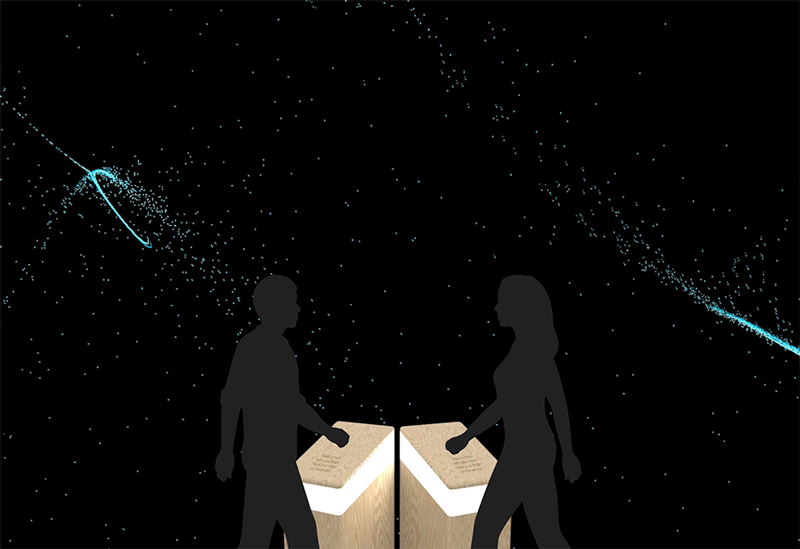
InterPulse
An interactive art installation where people create a collaborative visualization of their heartbeats.
How can we use our biometric data in more meaningful ways to create social connections?
The Interconnection of Our Pulses
The user has the power to change the visualizations using their heartbeats, emphasizing that simply being alive and existing has an impact on the world we live in.
“You are an aperture through which the universe is looking at and exploring itself.”
– Alan Watts
Our biometrics can be used to remind us of more meaningful information than our biological measurements, like the intangible interconnectivity of our existences that is a social and spiritual phenomenon in itself.
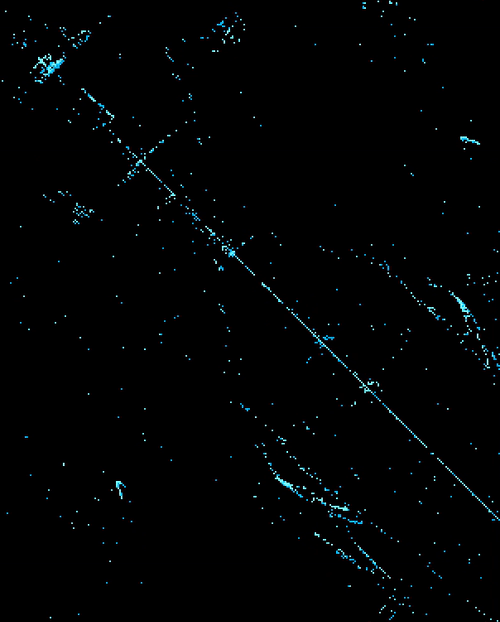
Problem Space
Current Usage of Biometrics
Biometrics are taken by the technologies that we use everyday, like facial recognition to unlock our phones and fingerprint recognition to go through airport security.
They have made identification of people easier, but they also categorize us into databases, and create separation in people, identities, and the connections we have with one another.
So how can we use biometric data in more meaningful ways for social connection?
Rethinking Biometrics
Ethical Issues
Inequities can be heightened for marginalized demographics when there are biases in which biometrics are collected in databases and how they are used.
Discriminatory
Static biometrics are built with the Caucasian, male, and able-bodied standard, discriminating those of other races, genders, ages, and abilities.
Control
There is an unequal power balance between the people who use technology versus those on which the technology is used.
Fragmented
Placing value on using our static biometric data for identification fragments our identity into specific body parts.
Design Opportunities
These design opportunities use dynamic biometrics to examine the ethical issues.
Universal
Using biometrics that are universal amongst all individuals makes the design more inclusive, as the data is more easily accessible from everyone.
Freedom
When biometrics are always dynamic and changing, people have more opportunities to make their own unique interpretations about it.
Holistic
Allowing people to make their own interpretations also shows they have value other than just their specific body parts; in their stories and beliefs as well.
Alternative Model of Biometrics
The current model based on the issues ends narrowly with quantitative information that categorizes people and their identities.
The alternative model I created uses the design opportunities and leads to an open-end that moves towards qualitative information: aspects of our identities that are more abstract and can’t be put into numbers.
Visualization Iterations
In the final sketch, the movement and colours of the particles are based on data from the heartbeats of the users. Both users’ data are combined to emphasize the idea of interconnectivity.
The particles are used to create a cosmic/astral aesthetic, connoting the interconnected and outer-worldly sentiment.
Programming With Arduino & Processing
The heartbeat data sent to the pulse sensors are picked up by Arduino, and sent to Processing to be drawn into a visualization.
Under the current circumstances that forced the physical production of this production to come to a halt, I will finish building the device when campus reopens. I will be adding LED lights, sounds, and hopefully one more pulse sensor.
Reflection
Social connection in InterPulse happens in the figurative sense, and not forcing it physically or literally. Designers can create ways to make social connections, but what are the connections that are already inherent but overlooked? What are the intangible aspects around us to which we have forgotten our connections?
As biometric technologies continue to advance and merge the lines between human and the machine, it will become increasingly more important to question the impact of the machine on us, us on the machine, and us on the world that is around us.

Hey there, I'm Allison Chan!
I’m an interactive designer– pushing the boundaries of interactive art + new technologies with interaction design.
Design, to me, embraces the intangible complexities of human diversity as tangible opportunities. In other words, I love designing ways for people to share their individuality and different perspectives with each other.
From my exhibition experience at Science World, I hope to continue making public work that builds meaningful connections between people.
The Salt Shaker
Evan Craig
The Salt Shaker is a musical instrument / toy built upon ideas of tangible and embodied interaction. It uses an accelerometer to encode human shake gestures into digital information, thereby translating these gestures into rhythm and humanizing the digital audio synthesis process.
An Artistic Tool
An instrument should be able to make some music. No? Here are some songs I composed with the Salt Shaker. In the first one it sits along side another synthesizer. In the second one the Salt Shaker is the only sound source. It has been fed through audio effects or resampled for some parts.
Making as Research
Below are photos of some of my many various prototypes. With embodied interaction being the foundation of the project it was particularly important to make functional prototypes. This is because in order for an experience to be articulated it has to be uncovered through experimentation. It needs to be articulated so it is grounded in reality and so that improvements can be made with evidence.
I can't believe you got this far
This project like many sits in the blurry boundaries between art and design. It draws a lot from my own experience and that is where it starts from, but it does this in conversation with others. It’s not designed with a specific user in mind per se, but more from an experiential point of view. Being an artistic tool there is a lot of whimsical creative tendencies wrapped up in it, but it is also meant to be comprehensible knowable through logical thought. Developing something new without a lot of precedent is an interesting space to be in. There is a lot of meandering and there could be even more. I think on this side of it though, I have an idea of how I would better tackle it next time. Though there still would be much meandering.

ABOUT EVAN
Evan is an interdisciplinary Artist and Designer with a deep fascination of sound. He is a conflicted technologist who sees the need for creating and understanding value outside of market forces. He is trying to find ways to utilize his broad skill set for the benefit of others while trying to maintain some sort of balance in the form of artistic expression.

